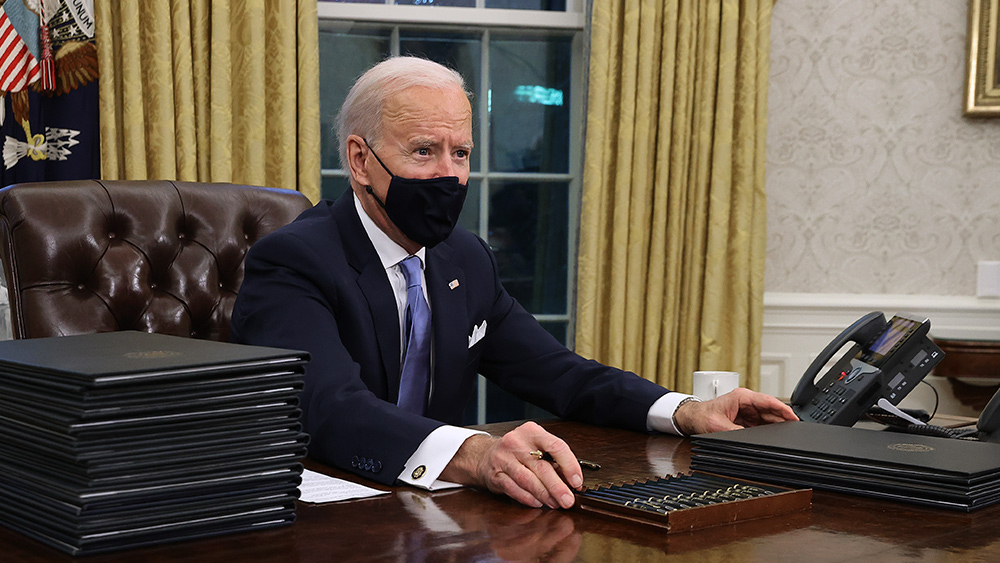
Economists expect shipping crisis to continue well into 2022
Economists say that shipping backups at large U.S. ports that cause goods shortages and price surges are not likely to get resolved soon, and will continue well into 2022. For instance, some 77 ships waiting outside docks in Los Angeles and Long Beach, California, carry with them $24 billion worth of goods. The pressures that the bottlenecks are feeding into the economy put more constraints on everything, from grocery stores to manufacturers. Prices for consumer and wholesale goods are also soaring, and trends are expected to create more inflation over the holiday season, with potentially fewer goods under Christmas trees. "Backlogs and elevated shipping costs are likely to persist at least through the middle of next year because no immediate solution for the underlying supply-demand imbalance at U.S. ports is available," Goldman economist Ronnie Walker said. However, the pressures should soon ease slightly as the ongoing seasonal peak in shipping demand ahead of the holiday season passes. In the meantime, consumers will have to expect to pay more despite having access to less. Today, shipping a container through the major U.S. ports takes thrice the time it normally does, with a third of the containers in L.A. and Long Beach sitting longer than five days at the ports before getting shopped out. Offloaded containers also dropped. President Joe Biden tried to mitigate the problem by ordering ports to stay open 24/7, but it didn't do much other than help at margins. Ongoing labor shortage and a lack of coordination blunted the move. "The upshot is that the outlook offers no immediate fixes for the underlying supply-demand imbalance at U.S. ports," Walker said. Larger companies will have to find ways to keep their products moving amidst the disruptions, and many said that they have taken a hit from the shipping delays. These companies have deployed different strategies to mitigate the damage. Sean Connolly, CEO of packaged food company Conagra, said that his company is struggling to keep up with consumer demand. "This is a great problem to have, but it increases the demands on our supply chain at a time when the industry is navigating labor shortages, material supply issues and transportation cost and congestion challenges," he said. "If we had the capacity to meet all of the demand, our numbers would likely have been even more impressive." Read more about the disruption of supply chains and how it affected the global economy in the past year at Collapse.news. Sources include: FreightWaves.com CNBC.comAmericans face brutally cold, bitterly expensive winter as natural gas prices continue to rise
By Mary Villareal // Share
Prepping mindset: How to keep your cool when SHTF
By Zoey Sky // Share
Coffee prices soar to 7-year high as supply woes hit top producers Brazil, Colombia and Vietnam
By Matthew Davis // Share
Desperate farmers participate in wild bidding wars for used tractors
By Matthew Davis // Share
Vaccine-induced encephalitis and other brain injuries were REBRANDED as "autism"
By ljdevon // Share
A new front in the drug war: "Rhino Tranq" emerges in California
By willowt // Share
The frozen larder: Why winter foraging is a test of planning, not plenty
By willowt // Share
Israeli forces kill Palestinian child amid deepening humanitarian catastrophe in Gaza
By patricklewis // Share
Gold, BRICS and the Battle for Dollar Dominance: The looming COLLAPSE of dollar hegemony
By kevinhughes // Share











